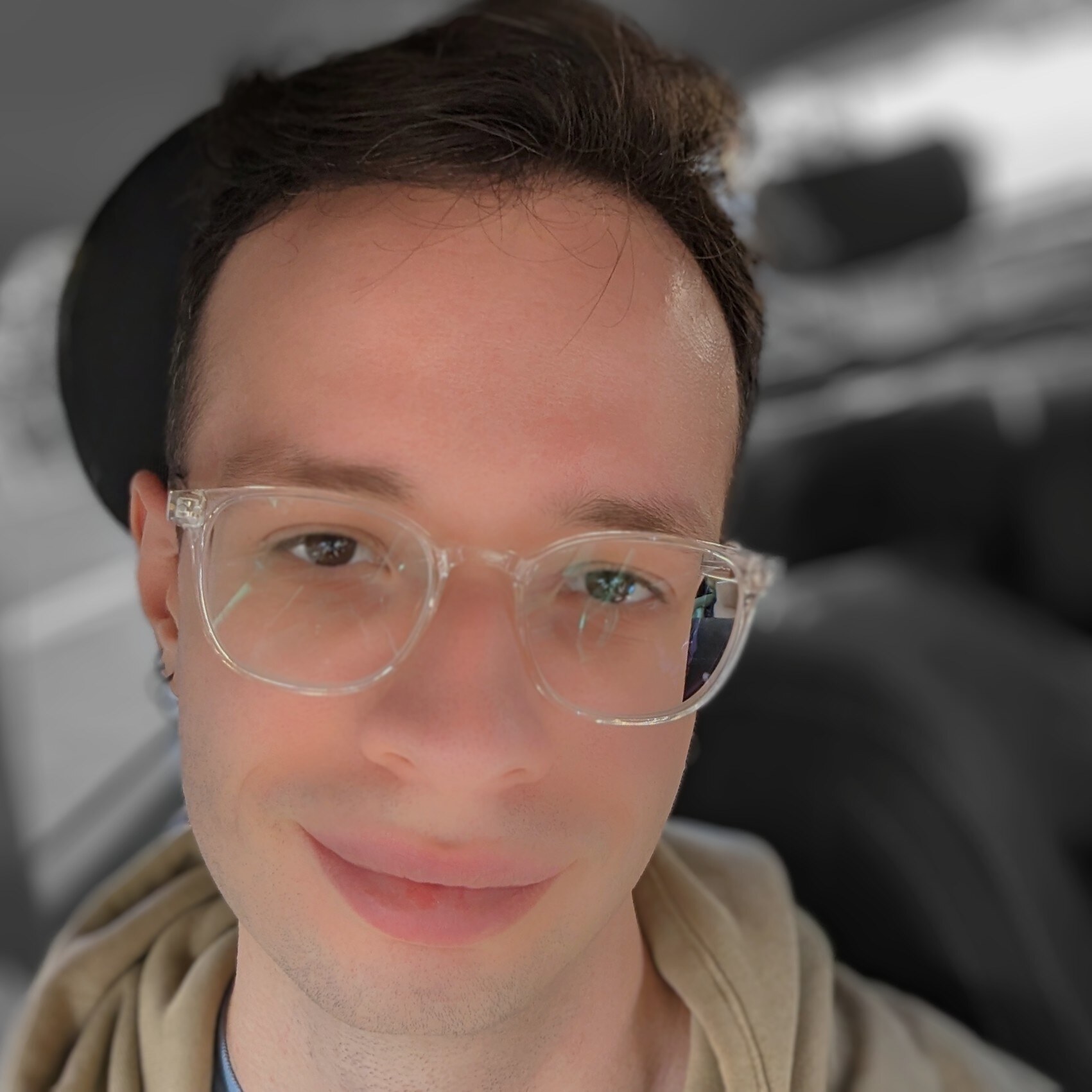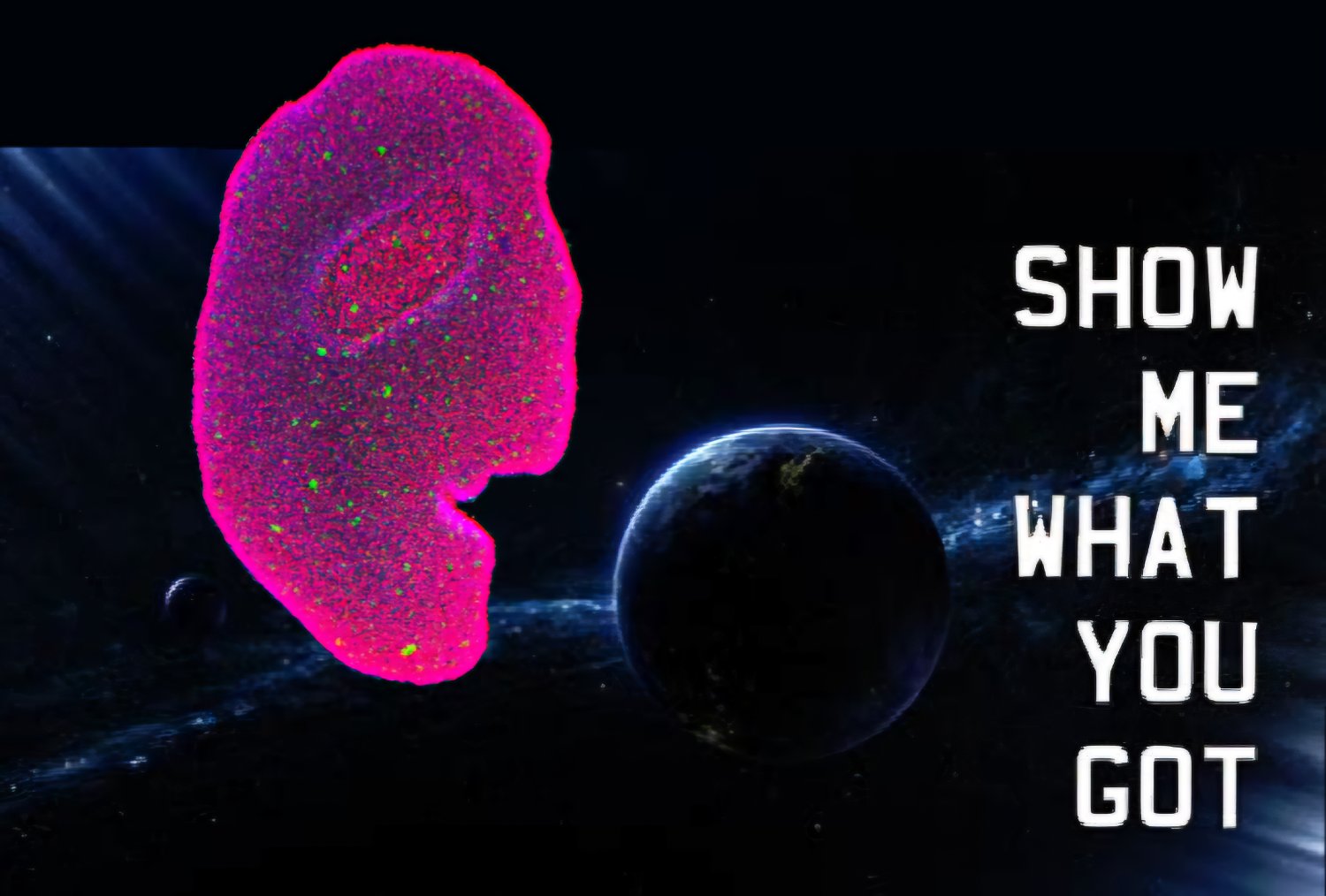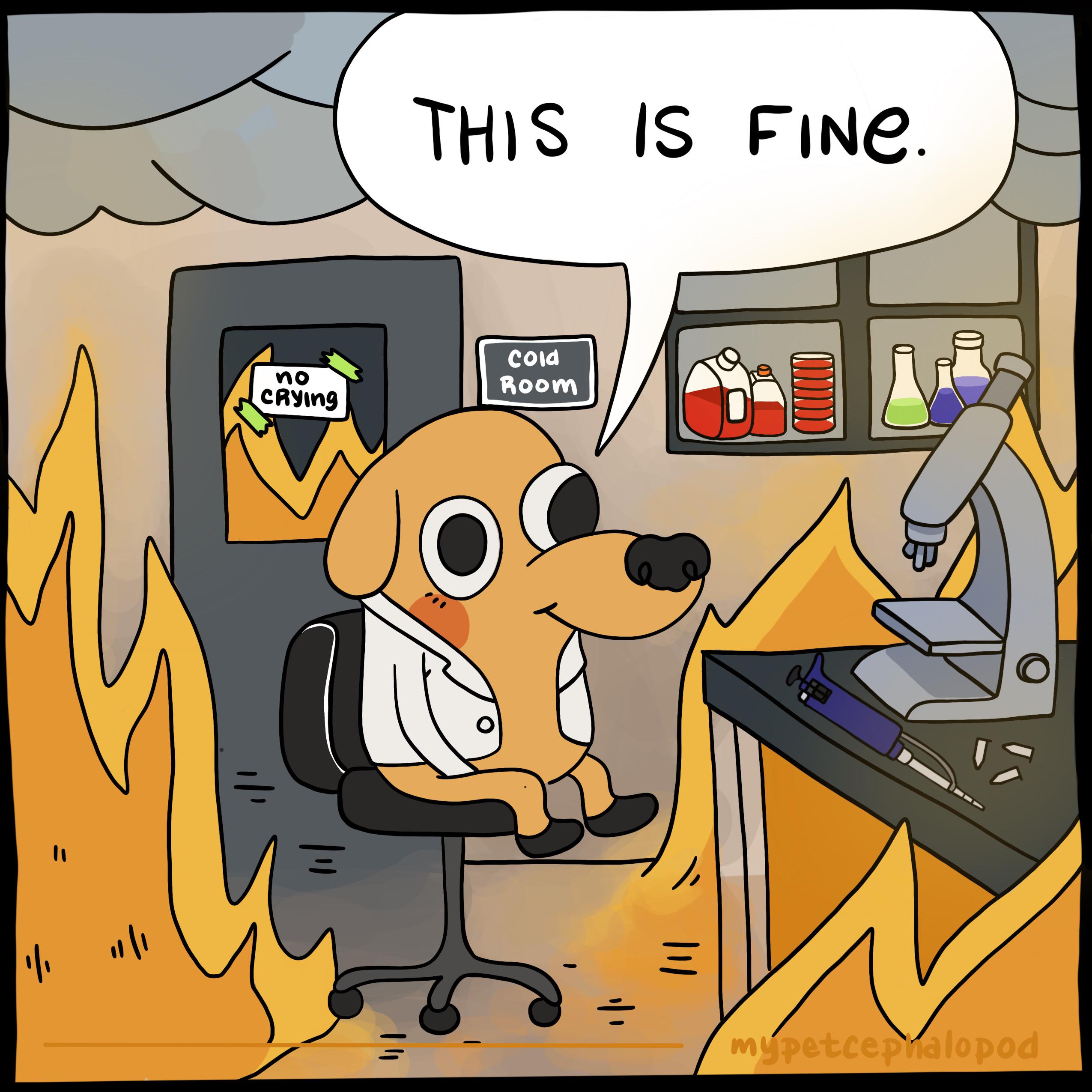
I read this thing’s entire wiki page and it’s fascinating!!
- Imo it’s not even an animal it’s just a collection of cells that can survive on their own but just don’t want too
- It will rip itself into multiple parts spontaneously because cells don’t coordinate too much. They don’t have dedicated neurons but they have a decently complex peptide based protocol.
- You can put a single Trichoplax animal through a sive that is fine enough not to damage the cells but separate them, and the cells will reform into the same animal
- They can reproduce sexually but they don’t have any of the markers that all males of all sexually reproducing species have. Plus because they only ever sexually reproduce when there’s a high density of Trichoplaxs, it’s basically a pattern of Trichoplax cells choosing to break away and combine with other cells to create new individuals.
- They’re just about as simple as e.coli and they’re the simplest animals with about 50mill base pairs divided into 6 chromosomes
- They can take the organelles of the cells they eat just because. The wiki article calls it symbiosis but that implies that organelles are alive and I don’t think they are. I think Trichoplaxs can just take tools from other creatures to use.

I think you misread wikipedia when it talks about its endosymbioses. Whole bacteria are found within an organlle (the endoplasmic reticulum) of Trichoplaxs.
That being said what you described does happen in a number of organisms (including ‘complex’ ones like nudibranchs): they steal the chloroplasts from the algae they eat in a process called kleptoplasty. Seeing as mitochondria and chloroplasts originated as bacterial endosymbionts that were then heavily integrated into their hosts, calling kleptoplasty a form of symbiosis isn’t that unusual.

Whole bacteria are found within an organlle
That is even more mind blowing to me

Fun fact: Animal embryos can be disassociated by depriving them of calcium (E-cadherin, the molecule that holds the cells together, needs to calcium to work) and then can be allowed to reassociate by adding back calcium. If you do this in early enough stages then the embryo will function and develop normally once reaggregated, despite all the cells being jumbled up

“peptide-based protocol” is a pretty good band name

Thank you for the summary. I don’t have time to go down a rabbit hole at the moment, so this was just enough to sate my curiosity until I do have time.

ISTR you can do the sieve thing with true living sponges, too. Life on earth is wild. I wonder if it will be considered mild once we find some interesting life off-planet.

Not a single mention of how pink and sparkly

Mogus



A M O G U S

how it looks like
This phrase drives me crazy.

why?

Valid options are:
- What it looks like
- How it looks
Not:
- How it looks like

sus

You like seeking patterns, don’t you?

Early animals were likely very similar to Trichoplax, but they weren’t Trichoplax. Trichoplax adherins is a modern species with just as many millions of years of evolution between it and the first animal as between us and the first animal. Just bugs me when people end up implying that orthogenisis is real

There is an organism among us.

Gramgram is that you

Trumps brain

Written by a Geordie like.

